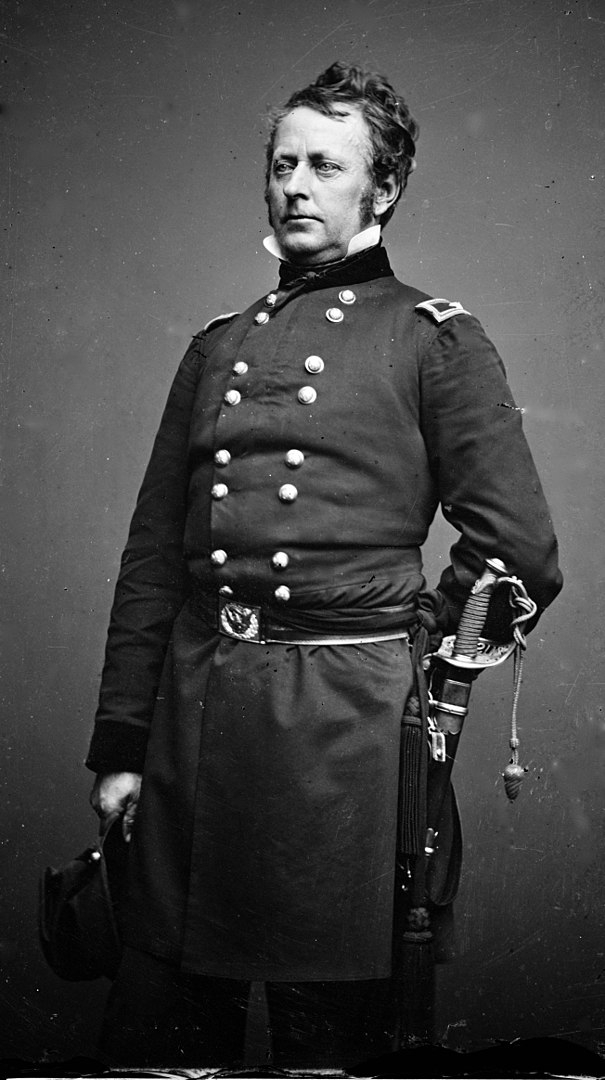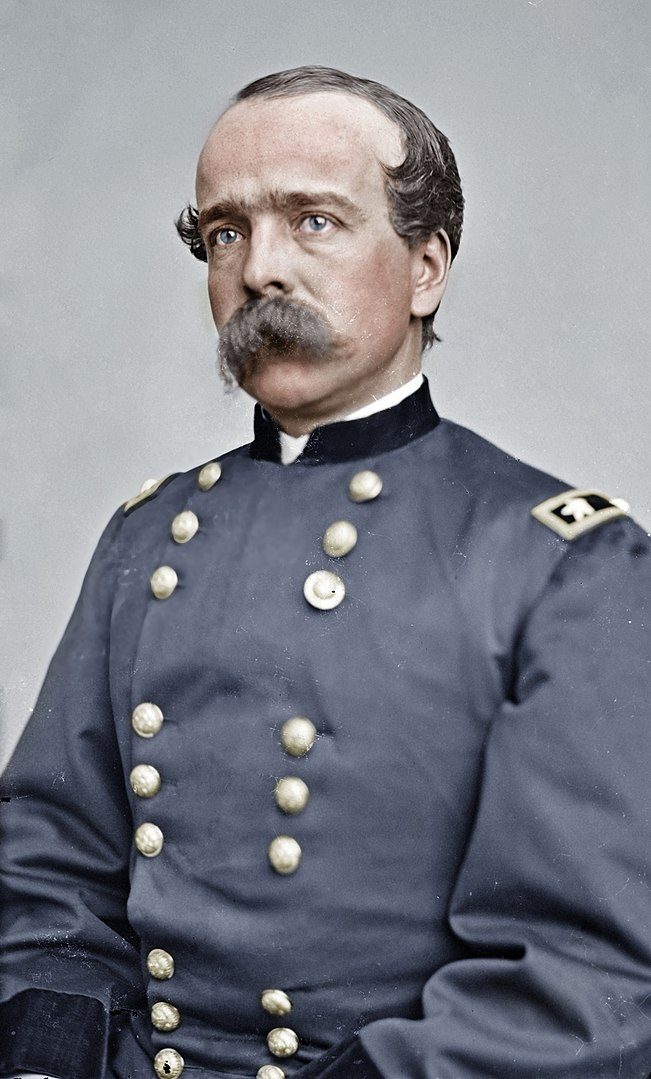After being appointed, Hooker began a reorganization of the army
It is a fact that after being appointed, Hooker began a reorganization of the army. Maj. Gen. William B. Franklin also left after Burnside's departure. Franklin was a staunch admirer of George B. McClellan and refused to serve under Hooker because he despised him personally as much as because he was senior in rank to Hooker. Maj. Gen. Edwin V. Sumner resigned due to his advanced age and failing health. He was reassigned to a command in Missouri, but he died before assuming it. Brig. Gen. Daniel Butterfield was relieved of command of the V Corps and sent to serve as Hooker's chief of staff.
Hooker began a much-needed reorganization of the army, abandoning Burnside's grand division structure, which had proven unwieldy; he also no longer had enough senior officers on hand to lead multi-corps operations. He divided the cavalry into a distinct corps under Brig. Gen. George Stoneman's command (who had commanded the III Corps at Fredericksburg). While concentrating the cavalry, he scattered his artillery battalions under the direction of infantry division commanders, diminishing the coordinating power of the army's artillery officer, Brig. Gen. Henry J. Hunt.
Hooker acquired a reputation as a superb administrator and restored morale among his soldiers, which had dropped to a new low under Burnside. Among his changes to the troops' daily diet were camp sanitary changes, improvements and accountability of the quartermaster system, the addition of and monitoring of company cooks, several hospital reforms, an improved furlough system, orders to stem rising desertion, improved drills, and stronger officer training.












